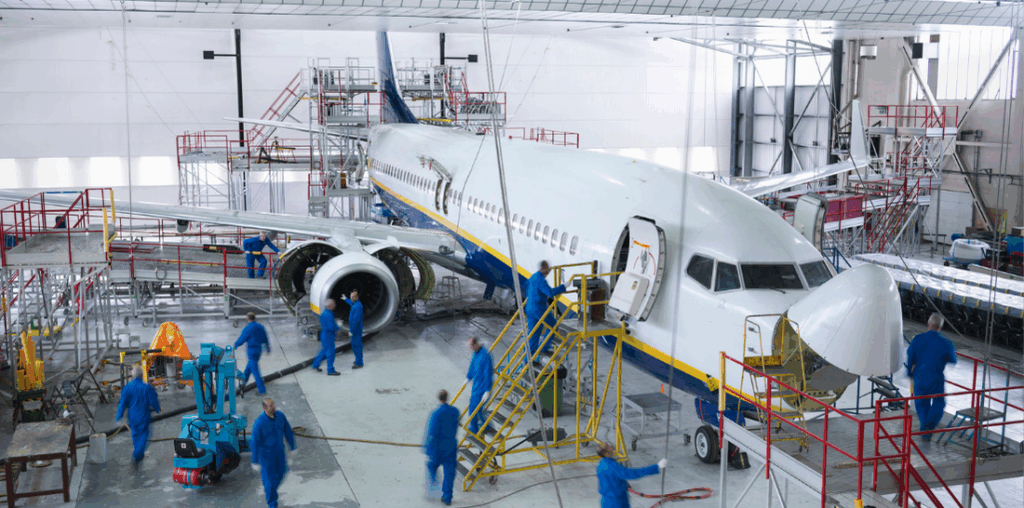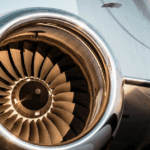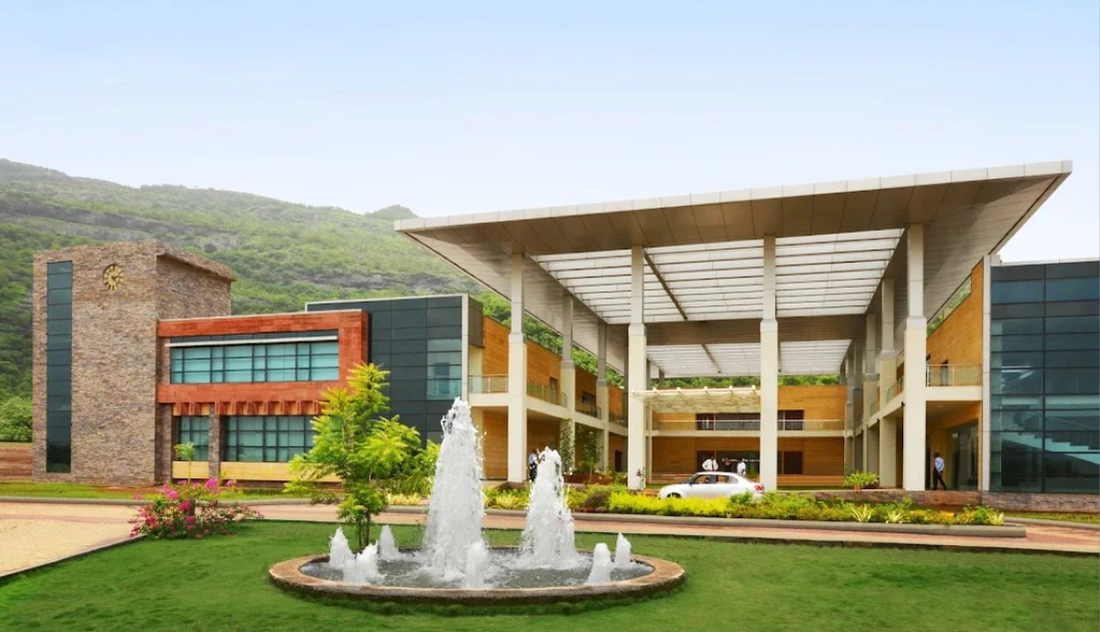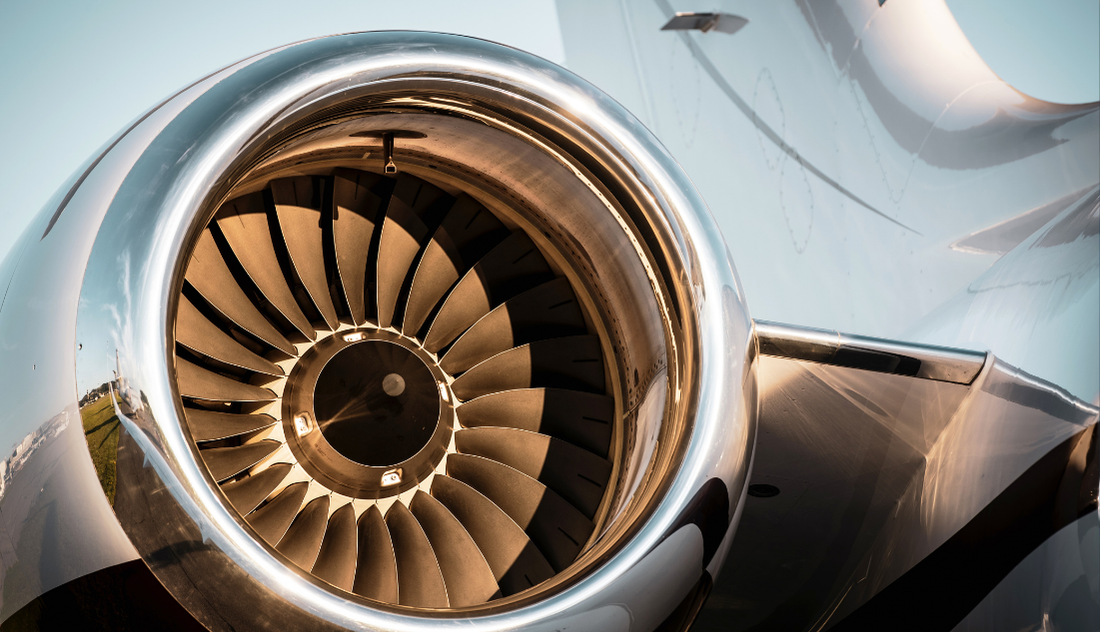How to Become an Aerospace Engineer: A Complete Guide
Aerospace engineering is an exciting and highly rewarding field that deals with the design, development, and testing of aircraft, spacecraft, and related systems. If you have a passion for aviation and space exploration, a career in aerospace engineering could be your perfect choice.
How to Become an Aerospace Engineer After 12th
Becoming an aerospace engineer requires a strong foundation in mathematics and physics, along with specialized education and training. Here are the steps to pursue this career after completing the 12th grade:
- Choose the Right Subjects in 12th Grade
- Focus on Physics, Chemistry, and Mathematics (PCM) as core subjects.
- Develop problem-solving skills and analytical thinking.
- Clear Engineering Entrance Exams
- Appear for entrance exams like JEE Main and JEE Advanced for admission to top engineering institutes.
- Some universities conduct their own entrance exams for aerospace engineering programs.
- Pursue a Bachelor’s Degree in Aerospace Engineering
- Enroll in a recognized aerospace engineering program, such as the one offered by Indian Institute for Aeronautical Engineering & Information Technology (IIAEIT).
- Focus on subjects like fluid dynamics, aerodynamics, propulsion systems, and structural analysis.
- Gain Practical Experience
- Participate in internships, projects, and laboratory work to gain hands-on experience.
- Work on software tools like MATLAB, CATIA, and CFD simulations used in aerospace engineering.
- Consider Higher Education (Optional but Recommended)
- A master’s degree (M.Tech or MS) in aerospace engineering can enhance career opportunities.
- Pursuing a Ph.D. is beneficial for research and academic positions.
What Qualifications Do You Need to Be an Aerospace Engineer?
To become an aerospace engineer, you need a combination of educational qualifications and technical skills. Below are the essential requirements:
- Educational Qualification:
- Bachelor’s degree (B.Tech/B.E.) in Aerospace Engineering or related fields.
- Higher degrees (M.Tech/MS/Ph.D.) for specialization.
- Technical Skills:
- Knowledge of aerodynamics, propulsion, and aircraft structures.
- Proficiency in computational tools and simulation software.
- Problem-solving, analytical, and teamwork abilities.
- Certifications (Optional):
- Additional certifications from aerospace organizations can boost career prospects.
How Long Does It Take to Become an Aerospace Engineer?
The duration to become a professional aerospace engineer depends on the level of education pursued:
- Undergraduate Degree (B.Tech/B.E.) – 4 years
- Master’s Degree (M.Tech/MS) – 2 years (optional)
- Ph.D. in Aerospace Engineering – 3 to 5 years (optional)
- Work Experience & Specialization – Continuous learning through experience
Why Choose IIAEIT for Aerospace Engineering?
The Indian Institute for Aeronautical Engineering & Information Technology (IIAEIT) is a premier institution in India for aerospace and aeronautical studies. Here’s why it stands out:
- Specialized aerospace programs with advanced labs.
- Collaboration with industry leaders and research organizations.
- Hands-on training through workshops, internships, and simulation-based learning.
- A strong alumni network and placement opportunities in reputed aerospace firms.
Career Opportunities in Aerospace Engineering
After completing your degree, you can explore various career paths, including:
- Aerospace Engineer (Aircraft & Spacecraft Design)
- Aviation Engineer (Aircraft Maintenance & Safety)
- Propulsion Engineer (Engine Design & Performance Optimization)
- Flight Test Engineer (Testing and Evaluating Aircraft Performance)
- CFD Analyst (Computational Fluid Dynamics & Simulations)
Conclusion
Becoming an aerospace engineer is a journey that requires dedication, technical expertise, and continuous learning. If you dream of working on cutting-edge technology in aviation and space exploration, pursuing a degree from reputed institutions like IIAEIT can help you achieve your goals. Start your journey today and explore the endless possibilities in aerospace engineering!




